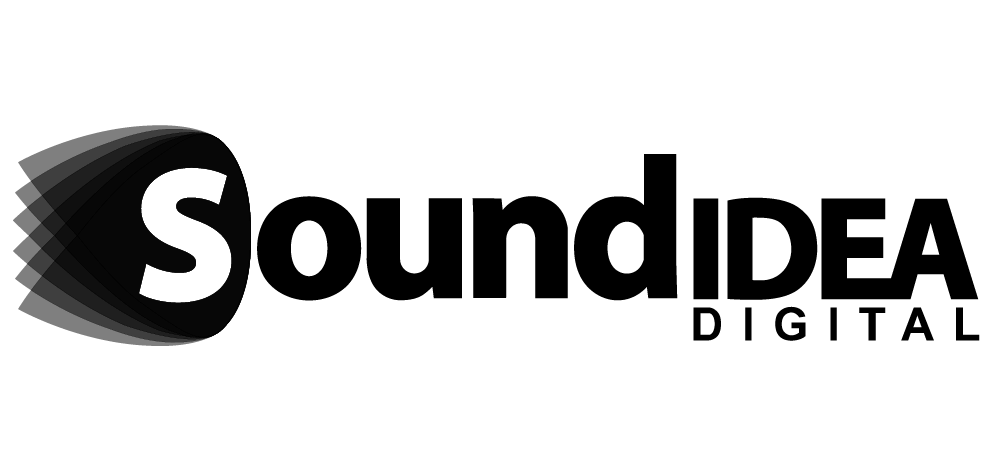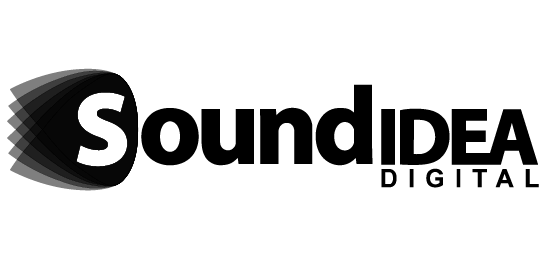
Whiteboard Animators in Scientific and Medical Communication
Communicating complex scientific and medical information in a clear and engaging way is often a challenge. Whiteboard animations have emerged as a powerful solution, bridging the gap between detailed data and audience comprehension. By combining hand-drawn illustrations, concise narration, and engaging storytelling, whiteboard animators can transform even the most intricate topics into accessible and memorable content. These animations are increasingly used in education, healthcare, research, and public outreach, enhancing understanding while maintaining audience interest.
The versatility of whiteboard animations allows them to cater to diverse audiences, from students and healthcare professionals to patients and the general public. They not only simplify learning but also encourage information retention through visual storytelling. This dynamic medium can adapt complex processes, scientific mechanisms, and medical procedures into clear visual sequences, helping viewers grasp ideas that might otherwise seem abstract or overwhelming. For institutions, educators, and health organisations, the ability to communicate effectively with precision and clarity is invaluable, making whiteboard animations an essential tool in the modern educational and medical landscape.
Simplifying Complex Concepts
Whiteboard animators specialise in breaking down intricate scientific ideas into clear, digestible narratives. By combining visual illustrations with succinct explanations, these animations allow viewers to understand concepts without requiring prior expert knowledge. Whether explaining cellular processes, chemical reactions, or physics phenomena, the animations create a narrative flow that links complex ideas in a logical, memorable manner. Research indicates that visual learning can significantly improve comprehension and retention, making this approach highly effective in both classroom and professional settings.
For organisations and educators, using whiteboard animations to convey abstract concepts ensures that audiences stay engaged and absorb key information. Complex theories, when presented visually, are easier to follow and less intimidating, reducing cognitive overload. Whiteboard animators can tailor the visual style, pacing, and level of detail to suit specific audiences, ensuring accessibility for learners of different ages and backgrounds. This adaptability makes whiteboard animations a preferred method for simplifying even the most challenging scientific content.
Visualising Anatomy and Physiology
Understanding the human body is fundamental for medical professionals and students alike, yet traditional textbooks and diagrams often struggle to convey dynamic physiological processes effectively. Whiteboard animators provide an interactive solution by visually illustrating organs, systems, and cellular mechanisms. Through sequential animations, learners can observe processes such as blood circulation, neural activity, or digestive function in real time, enhancing both comprehension and retention.
Animations also allow for perspectives and movements that are impossible with static images, such as zooming into molecular interactions or showing the flow of signals between neurons. This capacity to visualise complex anatomy in motion makes whiteboard animations an invaluable teaching aid. They also provide flexibility for educators, enabling them to emphasise critical structures, simulate pathologies, or highlight functional relationships between different systems, ensuring students gain a comprehensive understanding of human biology.
Step-by-Step Medical Procedures and Surgeries
Medical procedures can be challenging to learn and master, particularly for students and junior practitioners. Whiteboard animations offer detailed, step-by-step visual guides that break down complex surgical techniques into manageable segments. Each stage of a procedure, from preparation to execution, can be highlighted with clear illustrations and explanatory narration, reducing uncertainty and enhancing confidence before practical application.
These animations are not only valuable for medical training but also for professional development and continuing education. By visually demonstrating procedures that may be difficult to observe in real time, whiteboard animators ensure that learners can revisit, review, and study at their own pace. This flexibility supports skill acquisition, safety, and procedural accuracy, making these animations an indispensable resource in medical education and professional practice.
Demonstrating Pharmaceutical and Drug Mechanisms
Medications operate through intricate molecular and cellular processes that are often challenging to conceptualise. Whiteboard animations can visually depict how drugs interact with specific receptors, enzymes, or pathways, illustrating mechanisms of action in a clear, stepwise manner. This makes it easier for students, healthcare professionals, and patients to understand pharmacological effects, side effects, and therapeutic potential.
For pharmaceutical education, these animations can demonstrate the dynamics of absorption, distribution, metabolism, and excretion of medications. Whiteboard animators can highlight specific interactions, cellular responses, and biochemical cascades, transforming abstract concepts into tangible visuals. This clarity promotes more informed discussions between healthcare providers and patients, ultimately supporting better treatment adherence and outcomes.
Enhancing Public Health Campaigns
Public health messaging relies on clarity, accessibility, and audience engagement. Whiteboard animations can effectively convey guidelines, vaccination campaigns, disease prevention measures, and health promotion messages to diverse populations. By combining visual storytelling with clear narration, these animations ensure essential information reaches audiences with varying levels of health literacy.
The visual medium allows complex topics such as epidemiology, infection control, and preventive behaviours to be communicated in a relatable and understandable format. Animations can illustrate the spread of diseases, demonstrate proper hygiene practices, or visualise vaccination effects, making abstract public health concepts concrete. For government health initiatives and community education programmes, whiteboard animations are an impactful tool to drive awareness and behaviour change.
Supporting STEM Education
Engaging students in STEM subjects is critical for cultivating future scientists, engineers, and healthcare professionals. Whiteboard animations offer interactive and visually stimulating ways to present scientific concepts, mathematical principles, and technological processes. By visualising abstract phenomena such as molecular bonding, energy transfer, or physics experiments, these animations simplify complex ideas and make them more tangible.
Educators can leverage whiteboard animations to enhance classroom learning, provide homework support, or offer online lessons that maintain student engagement. Visual storytelling paired with interactive sequences encourages curiosity, improves comprehension, and promotes active learning. In addition, students can revisit animations at their own pace, ensuring reinforcement of concepts and long-term retention.
Summarising Research Findings
Scientific studies often contain dense, technical data that can be difficult for non-specialists to interpret. Whiteboard animations condense complex research into clear, visually engaging narratives, highlighting the most relevant findings and implications. This approach makes research accessible to a wider audience, including policymakers, educators, and the general public.
By translating charts, tables, and statistical analyses into animated visuals, whiteboard animators can simplify interpretation without sacrificing accuracy. Animations can also contextualise research within practical applications or broader scientific frameworks, making it easier for audiences to understand significance and potential impact. This visual summarisation supports informed decision-making and enhances the dissemination of knowledge across sectors.
Clarifying Data Visualisation in Science
Data can be overwhelming without proper presentation. Whiteboard animations convert graphs, charts, and statistical findings into dynamic, comprehensible visuals that allow audiences to identify trends, patterns, and relationships. This approach improves understanding, aids decision-making, and reduces the risk of misinterpretation.
Whiteboard animators can highlight key points, demonstrate comparative analyses, or illustrate changes over time, transforming raw data into compelling stories. For scientific publications, healthcare reports, or policy briefings, animated data visualisations provide a clear, accessible way to communicate complex numerical information while maintaining scientific integrity.
Educating Patients
Patient comprehension is essential for informed decision-making, adherence to treatment plans, and improved health outcomes. Whiteboard animations help patients understand medical conditions, treatments, and recovery protocols in a clear, approachable manner. By presenting information visually, animations overcome language barriers, literacy limitations, and medical jargon.
Patients benefit from being able to visualise processes such as disease progression, therapeutic interventions, and rehabilitation steps. Whiteboard animators can create content tailored to specific patient populations, emphasising clarity, empathy, and engagement. This educational approach empowers patients to participate actively in their own care and enhances communication between healthcare providers and their patients.
Addressing Ethical and Sensitive Topics
Certain medical and scientific topics require sensitive handling to ensure that content is respectful, accurate, and accessible. Whiteboard animations can navigate delicate subjects such as mental health, reproductive health, or end-of-life care, providing clear explanations while maintaining compassion and professionalism.
Through careful visual choices and thoughtful narration, whiteboard animators ensure that content is informative without being distressing. This approach facilitates understanding, reduces stigma, and encourages dialogue, making complex or sensitive topics more approachable for diverse audiences.
Whiteboard animations are revolutionising the way scientific and medical knowledge is communicated. From simplifying complex concepts to enhancing public health messaging, these animations provide clarity, engagement, and accessibility across a range of audiences. For those seeking to harness the power of this medium, we at Sound Idea Digital specialise in crafting whiteboard animations that bring your vision to life, ensuring your message is both understood and memorable. Contact us today to find out more!



